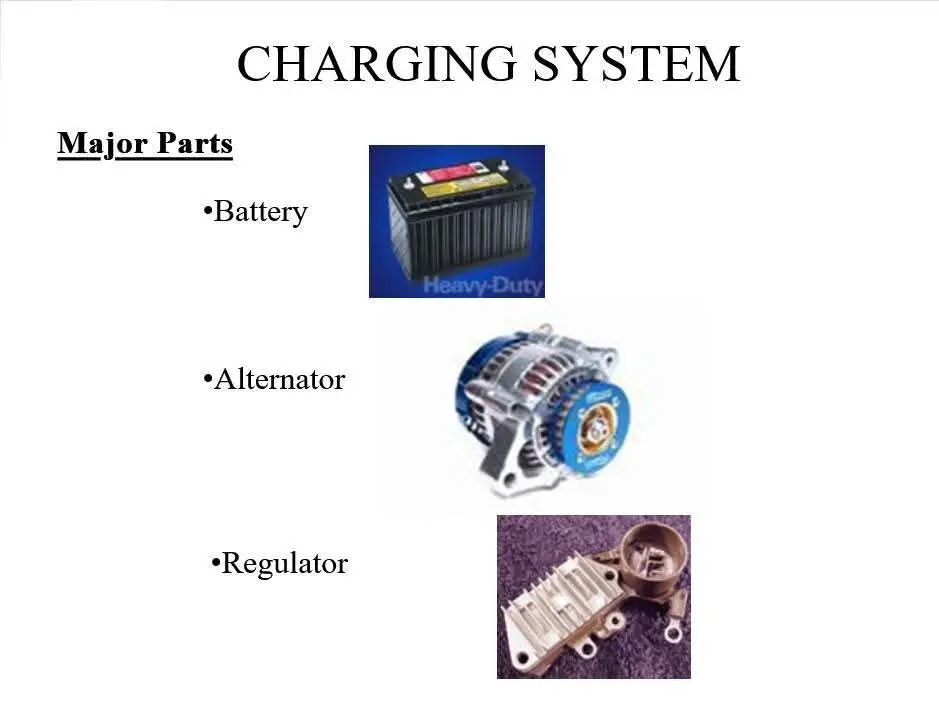Omn1Media
Region: US
Tuesday 21 October 2025 15:30:42 GMT
903
83
2
2
Music
Download
Comments
Erin :
I have been a HUGE X-Phile since day one. Always love an opportunity to revisit that world including the movies and the sort of "reboot" they did a few years ago. [Another show I love with all my heart is FRINGE, which, to me, is basically an updated X-Files (type of) series. If you haven't watched it, I would love to see you react to it!!] Anyway, back to the news at hand, I am very interested in seeing what Coogler can do with the X-Files and will be watching whenever that happens!! Thanks for the update!
2025-10-23 16:22:51
0
JoeyfromPhilly🇵🇷✌🏼🏳️🌈 :
wtf 😳………Ryan is good but if it was someone else I’d be like
2025-10-21 23:31:33
0
To see more videos from user @omn1media, please go to the Tikwm
homepage.





